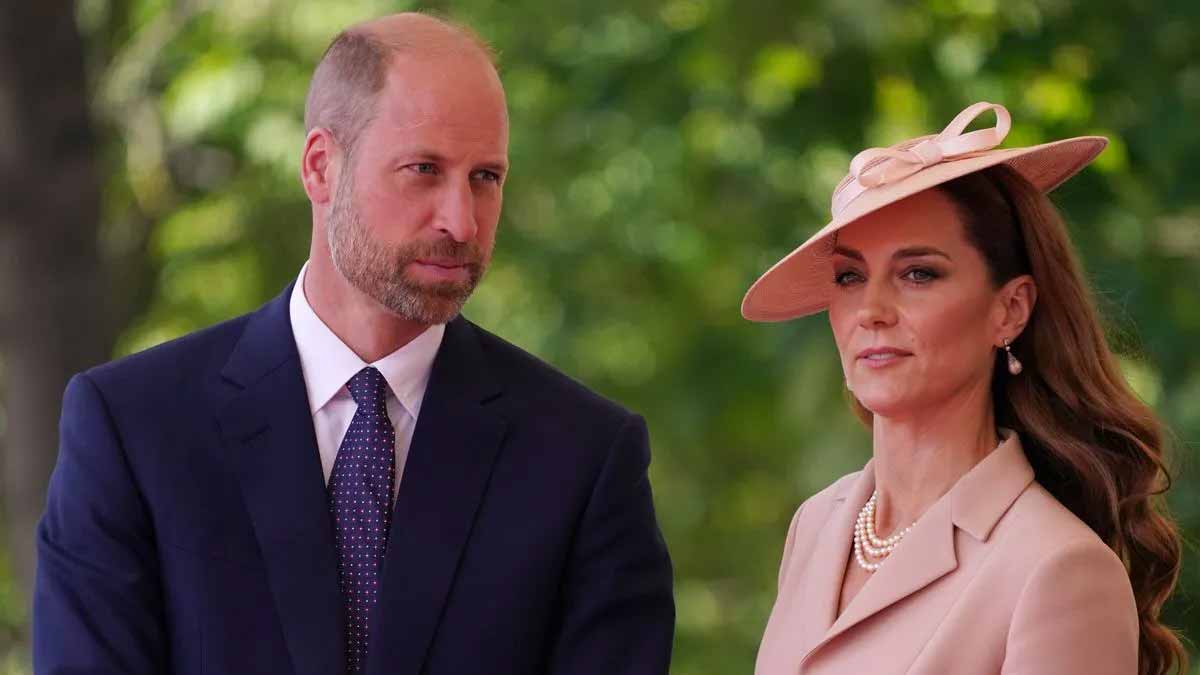The debate starts where tradition meets a personal choice, and the stakes feel unusually high. As the spotlight tightens, Prince William sees a cherished plan collide with a powerful expectation that never really fades. A seasoned observer says the path ahead includes a firm pushback, because symbols matter when the Crown calls. The question, however, remains open, and the timing still uncertain. Between a family’s rhythm and a nation’s ritual, the coming conversation promises rare clarity.
A move that reshapes royal routines
This summer brought a decisive change at home, because the family announced a shift from “modest” Adelaide Cottage to Forest Lodge. The new residence signals comfort, space, and stability, while it also hints at a longer horizon for family life. Yet the move, although personal, intersects public duty, since royal homes carry meanings that stretch beyond walls.
Forest Lodge is painted as a “forever home,” and that phrase matters, because it foregrounds continuity for children, schedules, and schooling. Supporters see this as practical, while critics stress the symbolism of a sovereign’s address. In that space between pragmatism and image, the argument gains force with every public milestone.
Although headlines focus on lifestyle, the deeper issue concerns constitutional optics, state occasions, and access. Buckingham Palace functions like a nerve center that radiates ceremony and visibility. The monarch’s residence anchors tradition, and it also signals accountability to the public, since proximity enables faster coordination for national moments.
Why Prince William favors a family-first ‘forever home’
Advocates of staying put say a stable base helps the household work smoothly, because routine builds resilience. They argue that a modern monarchy thrives when family life feels grounded. Here, Prince William appears to value balance, since predictable surroundings support children’s growth and guard privacy without rejecting duty.
However, a veteran royal biographer calls the plan “untenable,” because precedent still shapes the job. In a GB News interview, Robert Hardman explained that the sovereign’s address carries weight that private comfort cannot match. He emphasized that Forest Lodge, while beloved, sits outside the traditional orbit of royal headquarters.
Hardman recalled a pivotal moment for Elizabeth II, because history often lights today’s road. After she and Prince Philip refurbished Clarence House, they preferred to remain. Yet Winston Churchill insisted the monarch “has to live” at Buckingham Palace, since the sovereign’s home must align with the nation’s expectations and needs.
Protocol, symbolism, and the weight of the Crown
Ceremony works because repetition creates meaning, while place consolidates that meaning for public memory. For supporters of the central London base, a visible court strengthens continuity. They say Prince William could renew tradition with modern energy, since presence at the Palace accelerates logistics and reinforces the monarchy’s daily pulse.
Critics of a forced move stress modern communication, because digital channels reduce the need for physical proximity. They argue that statecraft adapts, and that families also deserve stability. Yet the Palace embodies something different: a stage for state visits, investitures, and balcony moments that signal unity in times both joyful and tense.
Hardman adds another pressure point: the next prime minister may need to make the case directly. He calls it a “difficult conversation,” because the request touches private preference and public symbolism at once. The heir may be “a harder nut to crack,” although precedent, he suggests, makes the Palace connection hard to sidestep.
Historic precedents that could bind Prince William to Buckingham Palace
Churchill’s intervention in 1952 illustrates how leaders read the room, since ritual and governance often converge. The Queen Mother lived at Buckingham Palace then, and she, too, preferred continuity. Nevertheless, Churchill overruled comfort, because he believed the monarch’s presence at the Palace anchored the Crown’s visibility and authority.
That episode still resonates, while it also underscores practical needs. State occasions, foreign dignitaries, and urgent audiences orbit a central hub, and the Palace supplies that framework. Hardman argues the building forms a “visceral connection” between monarch and royal HQ, because reception rooms, staff, and ceremony align under one storied roof.
Even with renovations and modernization, the Palace remains shorthand for the institution itself. If Prince William breaks with this custom, supporters will hail modernization, and critics will warn of drift. Either way, the decision would recalibrate expectations, since residence, messaging, and ritual would need new choreography to match the change.
Timelines, uncertainty, and room for a personal path
No one knows when accession will occur, so time complicates every forecast. Forest Lodge offers years of family rhythm, while Buckingham Palace stands ready for swift transition. That duality breeds uncertainty, and it also buys space for thoughtful planning, since calendars, schools, and staff require careful, humane adjustments.
Royal watchers speculate about future arrangements, and some wonder whether mixed models could work. A split approach might keep family life rooted outside the Palace, while major duties still center in London. The balance would demand precise scheduling, because visibility must remain high even when private time stays protected.
For now, analysts expect the heir to carve his own route. The family’s shift from Adelaide Cottage to Forest Lodge already shows a preference for livable routines. A final answer, however, may wait until the moment of decision, because duty, history, and public mood often harden when circumstances change.
What this public dispute reveals about tradition, duty, and home today
The crossroads is unmistakable, and Prince William stands where private life meets the sovereign’s stage. A respected voice calls his preference “untenable,” yet modern realities still argue for a gentler, family-first frame. Between Forest Lodge’s calm and the Palace’s gravity, the coming conversation will test how tradition adapts without losing its soul.
